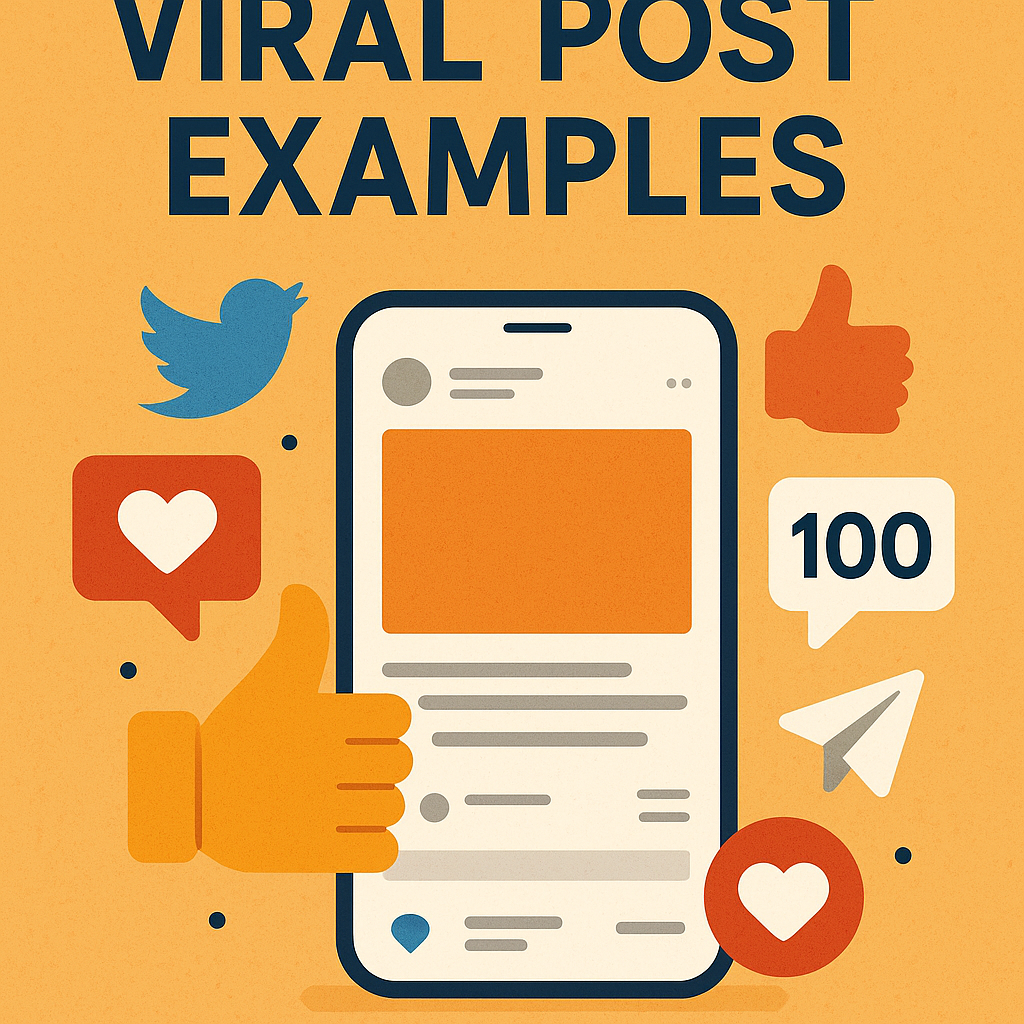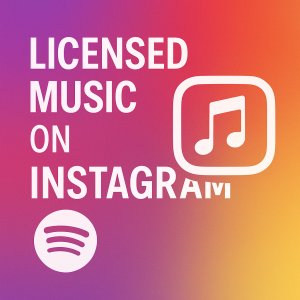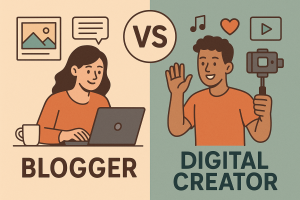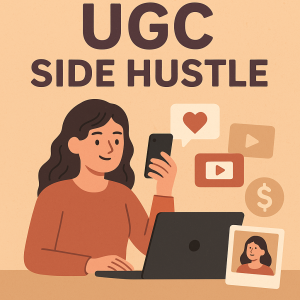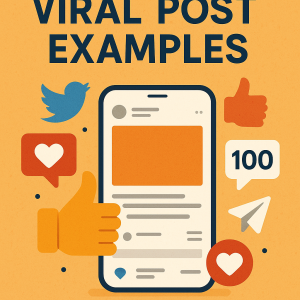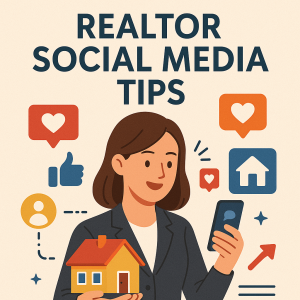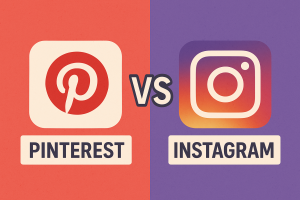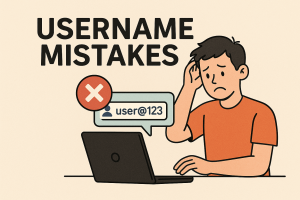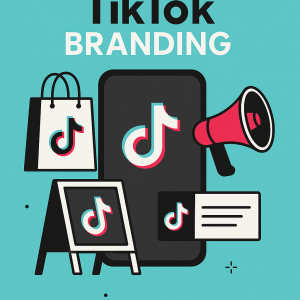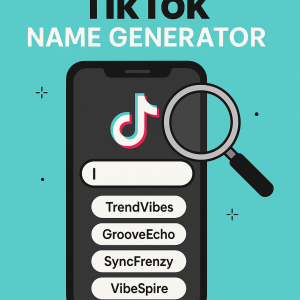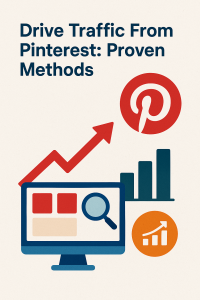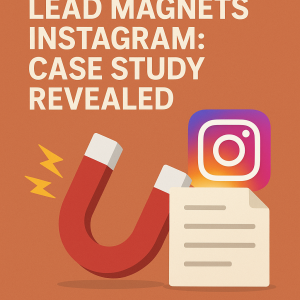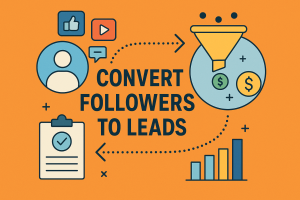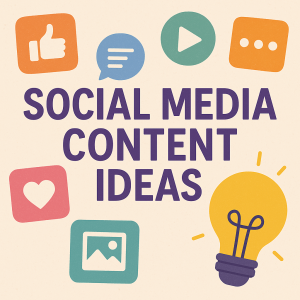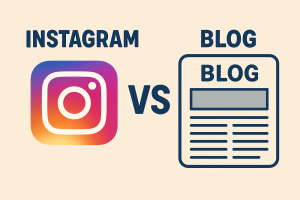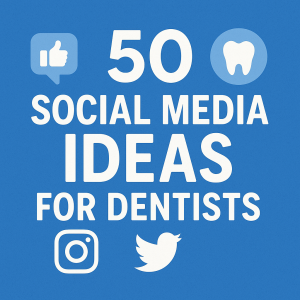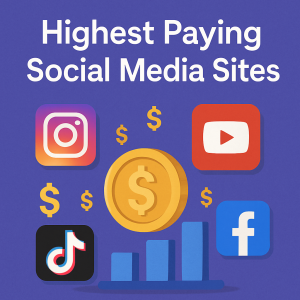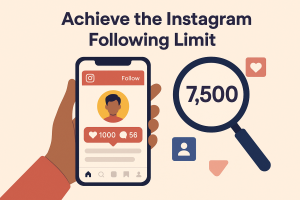Creating content that resonates widely isn’t just luck—it’s strategy. By studying standout campaigns, you can uncover patterns that connect with audiences. Platforms like LinkedIn and other social media channels have become hotspots for these successes, blending authenticity with smart design.
Take Charles Miller’s LinkedIn posts, for instance. His mix of storytelling and actionable insights consistently sparks conversations. This approach highlights the importance of understanding your target audience deeply. What makes them click, share, or comment? The answer often lies in hooks—attention-grabbing openings that pull readers in.
Successful viral strategies also rely on structure. Clear headlines, relatable examples, and a strong call-to-action keep engagement high. Whether it’s a personal story or data-driven insights, the best content balances emotion and value.
In this article, you’ll learn how to adapt these techniques. We’ll break down real-world campaigns, explore platform-specific trends, and show you how to craft messages that stick. Ready to turn inspiration into action? For timing your viral content just right, understanding how long Facebook Reels last is crucial to avoid premature drops in visibility.
Key Takeaways
- Analyzing successful posts reveals repeatable patterns for engagement.
- Platforms like LinkedIn prioritize authentic, value-driven storytelling.
- Strong hooks and clear structure are non-negotiable for shareability.
- Tailoring content to your audience’s needs boosts connection.
- Balancing emotion with practicality keeps readers invested.
Understanding the Impact of Viral Posts
Why do some ideas dominate feeds while others vanish unnoticed? The answer lies in their ability to mirror what audiences truly value. Modern media landscapes reward content that feels urgent, relatable, and worth sharing—not just flashy or loud.
Defining Viral Content in Today’s Landscape
Viral material isn’t defined by views alone. It’s about sparking conversations that ripple across platforms. Take LinkedIn creator Maya Patel’s thread on burnout: by blending personal stories with actionable advice, it garnered 10K+ shares. Why? It tapped into a universal struggle while offering hope—a balance today’s marketing strategies often miss.
The Role of Social Media and Engagement
Platforms like LinkedIn amplify content through algorithms favoring active participation. Posts with high comment rates or saves get prioritized, creating a snowball effect. For example, a tech startup’s post on remote work trends gained traction not because of followers, but because debates in the comments kept it alive for weeks.
This highlights a critical shift: people now drive reach. When audiences feel heard—through replies, shares, or reactions—they transform from passive viewers to advocates. It’s no longer about shouting the loudest, but listening and adapting.
Exploring the Anatomy of a Viral Post
Great content works like a well-built engine—every part must align perfectly. Three elements separate forgettable updates from those that spread like wildfire: a magnetic opening, logical flow, and visuals that amplify your message. Let’s break down how top creators combine these pieces.
Crafting an Irresistible Hook
Your first sentence decides whether readers stay or scroll. LinkedIn star Carla Diaz starts posts with bold questions like, “What if your biggest weakness became your superpower?” This triggers curiosity while speaking directly to professional struggles. Hooks work best when they mirror your audience’s inner dialogue.
Structuring Content for Maximum Engagement
Readers crave clarity. Short paragraphs, subheadings, and bullet points make even complex ideas digestible. Tech writer Jamal Reid structures posts using this formula:
| Element | Purpose | Example |
|---|---|---|
| Problem Statement | Identify pain points | “70% of teams waste time in redundant meetings” |
| Data-Driven Insight | Add credibility | Share productivity study results |
| Actionable Solution | Provide immediate value | “Try this 3-step agenda template” |
Integrating Visual and Textual Elements
Images and text should feel like partners, not competitors. Marketing leader Priya Singh boosts her LinkedIn posts with charts that simplify data. Her recent brand strategy piece paired a color-coded timeline with concise captions—views tripled compared to text-only versions. Align visuals with your core message, not just for decoration.
Timing matters too. Analyze when your audience is most active. A/B test posts early morning versus lunch breaks. Small tweaks in delivery time can dramatically shift reach.
LinkedIn: A Platform for Viral Success
In a world flooded with content, LinkedIn stands out as a goldmine for meaningful connections. Its algorithm rewards posts that spark professional dialogue, making it easier for quality ideas to gain traction. Unlike other platforms, users here actively seek insights to boost careers or solve workplace challenges—creating fertile ground for shareable content.
Effective Post Formatting and Engagement Tips
Structure matters. Posts with short paragraphs and strategic whitespace perform 40% better, according to LinkedIn data. Here’s how top creators optimize their content:
- Lead with value: Start with a clear message that addresses a common pain point. Example: “3 mistakes killing your productivity—and how to fix them.”
- Use visual hierarchy: Bullet points and numbered lists help readers scan quickly.
- Pose thought-provoking questions: “What leadership challenge keeps you up at night?” invites immediate interaction.
Case Study Insights from LinkedIn Contributors
Charles Miller’s viral post on “quiet quitting” offers a masterclass in engagement. He opened with a personal story about burnout, then layered in statistics about Gen Z work trends. The example worked because it blended emotion with data. But his secret weapon? Ending with a direct challenge: “Tag a leader who needs to hear this.” To maximize the impact of daily uploads, study viral TikTok posts to learn what makes them trend.
This approach generated 200+ comments and 1.2K shares. Why? It gave readers both validation (through relatable stories) and a clear action step. LinkedIn’s native features like polls and document uploads can amplify this effect—tools many creators underutilize.
Remember: Controversy without context falls flat. Frame debates around professional growth, not just hot takes. A post questioning traditional promotion structures sparked fierce discussion but stayed solution-focused with alternative career paths.
Analyzing viral post examples
Breaking down top-performing content reveals patterns anyone can replicate. By studying campaigns that soared, we uncover how strategic choices—like timing, tone, and audience alignment—create momentum. Let’s explore real cases where creativity met data-driven execution.
Real-World Examples and Their Impact
A project manager’s LinkedIn meme about “meeting culture” blended humor with workplace frustrations. Using relatable jokes about Zoom fatigue, it garnered 15K shares in 48 hours. Why? It targeted a universal pain point while offering catharsis through laughter.
Another campaign by a SaaS startup flipped a common idea—instead of boasting features, they shared bloopers from failed product demos. This humanized their brand, sparking 2.3K comments like, “Finally, a company that doesn’t take itself too seriously!”
Key Metrics and Success Factors
Virality isn’t random. High-performing content often hits these benchmarks:
- Shares > Comments > Likes: Prioritize content encouraging pass-along value
- 15-30 second retention: Hook viewers quickly before scroll fatigue hits
- Platform-specific timing: LinkedIn posts thrive at 10 AM weekdays
Humor increases chances of shares by 300%, but only when aligned with the target audience’s values. A fintech brand’s meme about “adulting fails” flopped—their corporate clients found it unprofessional. Know your crowd. Going viral isn’t just about the message—it’s also about timing. Here’s the best time to post on social media for maximum reach.
Sometimes, simplicity wins. A consultant’s text-only post asking, “What’s one skill you wish your boss had?” generated 800+ replies. The idea was basic, but it tapped into unmet needs—proof that listening beats overproduction.
Strategies for Crafting Engaging Content
Engagement isn’t accidental—it’s engineered through deliberate design. The most shareable material combines audience psychology with structured frameworks, transforming passive readers into active participants. Let’s unpack how to build messages that linger long after the scroll.
Developing a Compelling Message
Marketing expert Ann Handley nails it: “Your audience doesn’t want more information. They want transformation.” High-impact content follows a proven blueprint:
| Component | Role | Example |
|---|---|---|
| Core Insight | Address unspoken needs | “87% of managers feel unheard” |
| Relatable Hook | Spark immediate recognition | “That Zoom glitch everyone pretends not to notice” |
| Actionable Payoff | Deliver usable value | Free conflict resolution checklist |
A fintech brand used this structure to triple their LinkedIn engagement. By focusing on CFOs’ cash-flow anxieties instead of product specs, they positioned themselves as problem-solvers.
Marketing strategy separates fleeting trends from lasting impact. Posts aligned with platform algorithms gain 3x more visibility. Consider:
- LinkedIn’s native polls for quick engagement boosts
- Instagram’s carousel format for step-by-step guides
Data reveals content blending education and emotion receives 40% more shares. Test different angles, but always anchor to your audience’s deepest professional aspirations. As Handley reminds us: “No one shares bland.”
Harnessing Humor and Emotion in Your Posts
Laughter and tears aren’t just reactions—they’re catalysts for connection in content. When used strategically, these elements transform ordinary updates into shared experiences. Let’s explore how creators like Sandy Zhen and Jenny Anderson turned relatable feelings into career-defining moments.

Using Humor to Capture Attention
Sandy Zhen’s LinkedIn post about “CEO vs. Intern Email Styles” exploded with 22K shares. Why? It contrasted formal corporate language with Gen Z slang in a way that felt playful, not mocking. Humor works best when it:
- Targets universal workplace situations
- Avoids inside jokes that exclude segments
- Balances wit with professional relevance
Her meme-style comparison chart became a template others adapted—proof that laughter bridges hierarchies.
Eliciting Emotional Responses for Greater Shareability
Jenny Anderson’s heartfelt thread on “Failing Forward” sparked 15K comments. She shared personal layoff stories paired with resilience tactics. Emotional content thrives when it:
| Emotion | Strategy | Outcome |
|---|---|---|
| Empathy | Share vulnerable moments | Builds trust |
| Inspiration | Highlight comeback stories | Encourages action |
| Surprise | Challenge assumptions | Drives discussion |
Anderson’s mix of raw honesty and practical advice made readers feel seen—a recipe for organic shares.
To weave these elements into your strategy:
- Test humorous angles in team Slack channels first
- Use emotion-triggering words like “discover” or “overcome”
- Pair personal anecdotes with data for credibility
Remember: Authenticity amplifies impact. Forced jokes or exaggerated drama backfire. Start small—share a blooper reel from your next project, or reflect on a lesson learned the hard way.
Utilizing Slogans and Taglines for Virality
A few words can change everything. Iconic phrases like Nike’s “Just Do It” or McDonald’s “I’m Lovin’ It” transcend marketing—they become cultural shorthand. These slogans work because they fuse simplicity with emotional resonance, creating instant brand recognition across campaigns. Once your post gains traction, use these tips to convert followers to leads and turn attention into actual results.
Creating Memorable Brand Associations
Effective taglines act as mental shortcuts. They distill a brand’s essence into bite-sized messages that stick. Consider Snickers’ “You’re Not You When You’re Hungry”—a humorous take on universal irritability that boosted sales by 15.9% during its launch.
| Element | Role | Example |
|---|---|---|
| Emotional Resonance | Forge personal connections | Nike: “Just Do It” |
| Rhythmic Language | Enhance memorability | McDonald’s: “Ba Da Ba Ba Bah” |
| Call-to-Action | Drive engagement | Apple: “Think Different” |
As branding expert Marty Neumeier notes:
“A slogan isn’t what you say about yourself. It’s what others repeat about you.”
This highlights the importance of crafting phrases audiences want to share.
To integrate slogans into your strategy:
- Align taglines with core brand values
- Test variations in social media posts before finalizing
- Pair concise text with visuals for multi-sensory attention
Brands like Old Spice reinvented their image through absurdist humor in campaigns like “The Man Your Man Could Smell Like.” The result? A 107% sales surge and endless parodies—proof that clever phrasing fuels organic reach.
Learning from Iconic Marketing Campaigns
Legendary campaigns don’t just sell products—they rewrite cultural playbooks. By studying brands that shaped consumer behavior, we uncover timeless strategies for sparking trends and earning loyalty. Let’s explore how giants like Nike and Red Bull turned simple messages into global movements.
Nike’s ‘Just Do It’ and Its Timeless Appeal
Born in 1988, Nike’s slogan transcended sports gear to symbolize personal triumph. The secret? It tapped into universal ambition while adapting to shifting trends. When Colin Kaepernick starred in their 2018 ad, the campaign sparked 6+ million social mentions. Why? It blended purpose with provocation—a balance that still drives 30% of their annual growth.
McDonald’s and Red Bull: Strategic Messaging in Action
McDonald’s “I’m Lovin’ It” thrives through consistency. Their TikTok videos remixing the jingle with memes garnered 4 billion views, proving nostalgia works when paired with modern formats. Meanwhile, Red Bull’s extreme sports videos don’t just sell drinks—they sell adrenaline. Their Stratos space jump earned 52 million likes, turning customers into fans.
How Controversial and Creative Campaigns Spark Conversations
Pepsi’s 2023 “Better With Pepsi” ads directly compared taste tests to Coke—a bold move that boosted sales by 5%. While risky, it shows how contrasting competitors can ignite users to debate and share. Key lessons:
- Align controversy with brand values (Pepsi’s focus on choice)
- Use videos to showcase product differentiators visually
- Track likes and shares to gauge emotional impact
As McDonald’s CMO once noted:
“Great campaigns don’t chase culture—they define it.”
Integrating User Engagement and Social Proof
Building trust online starts with showing, not telling. Audiences crave validation from peers, not pitches. By weaving social proof into your strategy, you turn satisfied followers into powerful advocates.
Interactive elements like polls or Q&A sessions boost participation. A SaaS company increased comments by 180% after adding weekly “Ask Me Anything” threads. Real-time feedback shapes content that resonates, creating a loop of relevance.
| Social Proof Type | Implementation | Impact |
|---|---|---|
| User Testimonials | Feature client quotes in carousels | +35% conversion rates |
| Community Ideas | Share crowdsourced solutions | 2x longer session times |
| Expert Endorsements | Collaborate with industry voices | 42% follower growth |
Practical tips build credibility faster than generic advice. Adobe’s #CreateWithPhotoshop campaign showcased user art, driving 8M+ impressions. Their secret? Letting customers’ work speak louder than ads.
Loyal followers amplify brand awareness organically. When a fitness coach shared client progress videos, her engagement tripled in weeks. Authentic success stories attract like-minded audiences hungry for results.
Remember: Social proof thrives on specificity. Instead of “Join 10K users,” try “See how 347 HR managers reduced hiring time.” Concrete numbers paired with relatable contexts make your impact undeniable. If you’re leveraging visual content, these strategies to drive traffic from Pinterest can be incredibly effective for viral growth.
Optimizing Organic Reach with SEO and Timing
Reaching your audience organically requires precision—like hitting the bullseye in a crowded digital arena. It’s not just about what you say, but when and how you say it. Combining SEO best practices with strategic timing transforms invisible updates into conversation starters.
Effective Use of Hashtags and Keywords
Hashtags act as search engines for social platforms. Use tools like AnswerThePublic to find questions your audience asks. For example, a bakery targeting friends planning gatherings might use #PartyDessertHacks instead of generic #SweetTreats. Specificity beats broad terms every time.
| Strategy | Ineffective Approach | Optimized Example |
|---|---|---|
| Keyword Placement | Stuffing “business growth” 8 times | Natural mentions: “3 lessons scaling my business” |
| Hashtag Selection | #MarketingTips | #SMBEmailStrategies |
| Timing | Posting at random hours | 11 AM weekdays for LinkedIn B2B |
Digital marketer Neil Patel notes:
“SEO isn’t about gaming algorithms—it’s about mapping content to human curiosity.”
Align posts with your audience’s daily rhythms. Parents engage mid-morning after school drop-offs, while night owls scroll past 10 PM.
Emotion drives shares. A fitness coach sharing client results with #UnstoppableJourney sparked 300% more saves than bland before/after posts. Track metrics like “click-throughs from search” to refine your approach. When SEO and timing click, even small business accounts outshine competitors.
Tools and Techniques for Streamlined Content Creation
Mastering content creation requires the right toolkit—not just creativity, but smart systems. Platforms like Ocoya transform chaotic workflows into precision engines, letting teams focus on strategy over busywork. Imagine crafting a week’s worth of material in one sitting while algorithms handle the heavy lifting.
Leveraging Platforms Like Ocoya
Ocoya simplifies three critical tasks:
| Feature | Benefit | Real-World Impact |
|---|---|---|
| Cross-Platform Scheduling | Post 24/7 without manual effort | Travel brand increased engagement by posting at optimal times globally |
| AI Design Assistant | Generate visuals in seconds | Startup reduced design costs by 60% |
| Performance Dashboards | Track metrics across campaigns | Agency identified top-performing formats in real-time |
One marketing director shared: “Ocoya cut our planning day from 8 hours to 90 minutes.” That’s hours reclaimed for brainstorming or client calls.
Scheduling, Analytics, and Creative Enhancements
Timing isn’t guesswork. Analytics reveal when your audience scrolls most—early mornings for parents, lunch breaks for professionals. Tools like Ocoya auto-publish during these windows, even if your team sleeps.
- Monitor comments and questions throughout the day
- A/B test headlines across time zones
- Repurpose top content into carousels or videos
A skincare brand used these tactics to boost replies by 220%. They adjusted posts based on trending questions about seasonal routines, creating a feedback loop with followers worldwide.
Global reach demands adaptability. A fitness influencer’s 3 PM EST post flops in Paris? Schedule it for their evening. Tools bridge gaps across the world, turning local insights into universal wins. Choosing the right hashtag tool matters—this Flick vs Hashtag Expert comparison breaks down what works best for virality.
Conclusion
Crafting content that spreads like wildfire demands both art and science. Throughout this guide, we’ve explored how hooks, storytelling, and platform-specific strategies turn ordinary updates into shared stories. From LinkedIn’s algorithm hacks to balancing humor with data, every technique serves one goal: sparking real connections.
Studying real-world campaigns reveals patterns anyone can adapt. Whether it’s Charles Miller’s burnout discussions or Sandy Zhen’s viral workplace memes, successful creators blend authenticity with structure. They don’t chase trends—they build frameworks that evolve with their audience.
Your turn. Start small. Test one hook formula in your next update. Track which stories resonate most. Tools like Ocoya simplify this process, letting you focus on what matters—listening and iterating.
Remember, viral impact isn’t about luck. It’s about learning from past wins while staying curious about emerging platforms. Keep refining your approach, and those breakthrough moments will follow.
Ready to write your own chapter in the viral playbook? Your next unforgettable story starts now. If you’re new to content creation, here’s how to start posting on Instagram to position your content for viral success.

